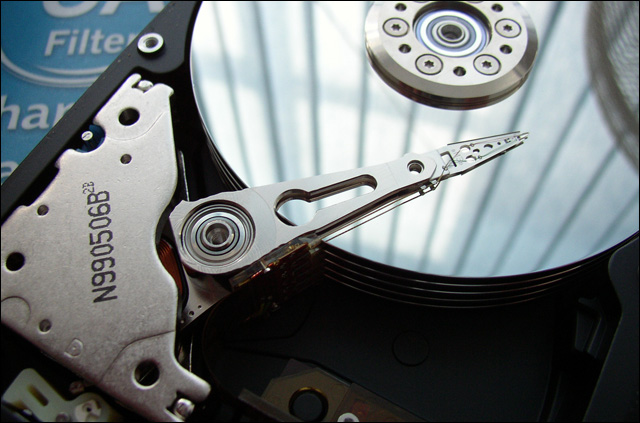Giant welfare agency Centrelink has flagged its intentions to upgrade and expand its mid-range server fleet based on the x86 architecture, in a move that may place incumbent supplier Hewlett-Packard at risk.
The organisation this week issued a request for tenders document in the area, noting it currently had about 500 servers spread out around the nation in what it terms its ‘distributed environment’ — while its centralised datacentre faciities contained a further 220. The agency plans to appoints a number of suppliers as part of a panel arrangement often used by government.
Centrelink’s current server platform, according to the documents, is based on Hewlett-Packard hardware — specifically the company’s HP BL 685G6 blade servers and its BL460c and DL380G5 machines. The blade servers — which use AMD CPUs with six cores — are listed as high-density machines often used as underlying infrastructure for virtualised environments. However some are not virtualised — for example, Centrelink says it uses some for clustered Microsoft SQL Server environments.
The BL460c machines are also high-density machines — but have a much lesser capacity, with significantly les RAM and only a couple of Intel quad core CPUs each, as opposed to the four CPUs used in the AMD blades. The servers are used for non-virtualised workloads that don’t have a requirement for physical isolation or device expansion.
Centrelink uses the DL380G5 machines — which it also rates as ‘low-density’ — for workloads that need physical isolation or might need physical expansion capabilities.
According to the documents, Centrelink also makes extensive use of VMware’s vSphere platform within its x86 server environment. It runs both Windows and Linux on the servers — standardising on Novell’s SUSE Linux Enterprise Server, as well as Windows 2003 and 2008 R2 Server.
“Over the last few years Centrelink has embarked on a virtualisation program to consolidate onto fewer, higher capacity servers,” the agency said. “In support of the changing requirements of Centrelink and other DHS agencies, there is a requirement to upgrade and expand the current x86 server capability.”
The agency is looking for hardware, software, support and associated servers in relation to its gradual refresh and expansion project.
Over the past decade, organisations have increasingly looked to the commodity x86 platform as their standard platform for server deployments, to the long-term detriment of rival architectures such as Sun Microsystems’ SPARC platform. However, the traditional mainframe platform is also still alive and kicking — and particularly so in Centrelink, as well as Australia’s largest banks, for example.
Last year, for example, Department of Human Services IT chief John Wadeson — who has responsibility for Centrelink as part of his remit — said the organisation still used the Model 204 mainframe database software as part of its core. And in January 2008, the agency inked a two-year, $141 million extension on its mainframe contract with IBM. The deal at that point had a total value of $401 million.
Image credit: Patataj Patataj, royalty free

